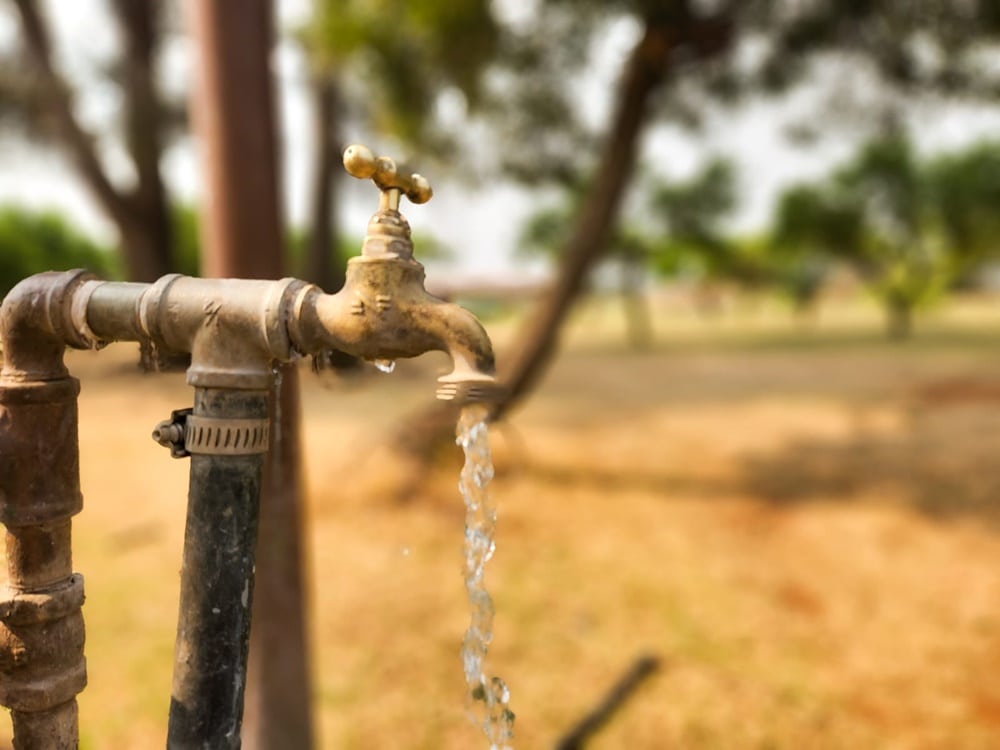By prof. Anja du Plessis, Unisa
A report released by the South African government paints a frightening picture of the country’s water resources and infrastructure, as well as the overall quality of drinking water.
The blue drop report – an interim report because it only assessed a sample of the facilities across the country – focused on the state of the drinking water infrastructure and treatment processes from a technical point of view. It also reported on water quality.
The issues of greatest concern that have been identified include a collapse of the country’s waste water treatment works and a sharp increase in the number of local authorities that do not meet minimum standards.
The report notes the continued overall decline in the status of the country’s water supply services. The findings indicate a culture of neglect, non-compliance and systemic collapse. The current cholera outbreak in the country should therefore come as no surprise. The interim report points to dysfunctional local municipalities and inadequate wastewater treatment works.
This systemic collapse is attributed to poor performance, defective infrastructure, the absence of disinfection chemicals, lack of monitoring and a complete lack of operational and chemical knowledge.
The report also shows that the Department of Water and Sanitation issued non-compliance letters to 244 wastewater treatment plants in 2022 – with only 50% responding almost a year later.
The report shows a clear and rapid decline in the performance of local government, but only 43 out of 205 local municipalities requested assistance from the department. They are able to ask for financial support and assistance to help with capacity building and skills development.
Drinking water quality
Only a test sample of some of the country’s facilities was carried out. Assessments were made of 151 water supply systems – out of a total of 1,186 – managed by 140 local municipalities. In addition, 26 water boards and bulk water service providers were assessed. The assessments were carried out between November 2022 and February 2023.

It was found that most of the treatment plants do not produce acceptable drinking water according to the SANS 241:2015 drinking water standards.
More than 60 systems (41%) have bad (bath) had water quality. Another 13 systems (9%) have poor (poor) had water quality. This means the water did not meet clean water standards due to high levels of contaminants such as sewage and faeces.
Contaminated water poses acute health risks and is responsible for water-related diseases such as cholera.
Only 50% of the assessed treatment plants produced drinking water of a suitable quality that was not contaminated by sewage or other pathogens or chemicals. A number of water supply systems have been identified as being in a critical condition, requiring urgent intervention.
The report also noted that 11 of the 140 municipalities assessed had no water quality monitoring systems in place or could show no evidence of any water testing.
Waste water treatment works
Wastewater treatment works are assessed in accordance with the established Green Drop audit standards.
Of the total 850 wastewater treatment works assessed, 334 (39%) received scores below 31% and were placed under regulatory oversight. In general, the country’s wastewater treatment works are in poor to critical condition, posing significant risks to public health and the environment.
South Africa’s preliminary report card for wastewater treatment works looks like this:
- 208 pose critical risk (24%) – indicating dysfunctional and unsatisfactory performance, with major correction needed.
- 250 is high risk (29%) – indicating partial functionality and unsatisfactory performance, with major fixes needed.
- Half are in poor to bad condition. This is up from 10% in the 2014/15 audit period.
- The North West recorded the highest percentage of wastewater treatment works with critical risk (60%), followed by the Northern Cape (59%) and the Free State (44%). 38% of Limpopo’s plants are critical risk and 48% high risk, leaving most of its treatment facilities in a vulnerable state.
Other major issues highlighted in the report include:
- Only 25 systems (17%) achieved excellent water quality and 20 systems (13%) good water quality, while 106 systems (70%) failed to achieve chemical compliance. A worrying 83 systems (55%) comply with bad water quality and 23 systems (15%) comply with poor water quality.
- Less than 40% of the systems met microbiological parameters (pathogens and bacteria such as faecal coli forms, E. coli and cholera). Just over 10% partially complied.
- Only 5% of plants were in a state of high compliance. The rest were in a poor or critical condition (64%) or had some degree of compliance (31%).
- Water losses within municipal water reticulation systems increased from 35% in 2015 to 50% in 2023. This means that 50% of water is lost within the system even before it reaches consumers.
Next steps
The findings of the report come as no surprise. A recent cholera outbreak in Gauteng and the Free State was a warning sign that the country’s water was contaminated.
 The current state of affairs was predicted two decades ago by numerous researchers and experts, who continuously highlighted the deterioration of South Africa’s already scarce water resources, dilapidated infrastructure, poor water management, lack of service delivery and the overall threat to the country’s water.
The current state of affairs was predicted two decades ago by numerous researchers and experts, who continuously highlighted the deterioration of South Africa’s already scarce water resources, dilapidated infrastructure, poor water management, lack of service delivery and the overall threat to the country’s water.
The Department of Water and Sanitation recently proposed the development of a Water Partnership Office (a new procurement office) in an attempt to address the ongoing water issues. This initiative is still in its development phase, but the government hopes it will facilitate private investment in the water industry.
However, the government will need to regain the confidence of private institutions before they will be willing to invest in water infrastructure projects.
- Anja du Plessis is associate professor and research specialist in water resource management at Unisa.
Originally published by The Conversation. ![]()








